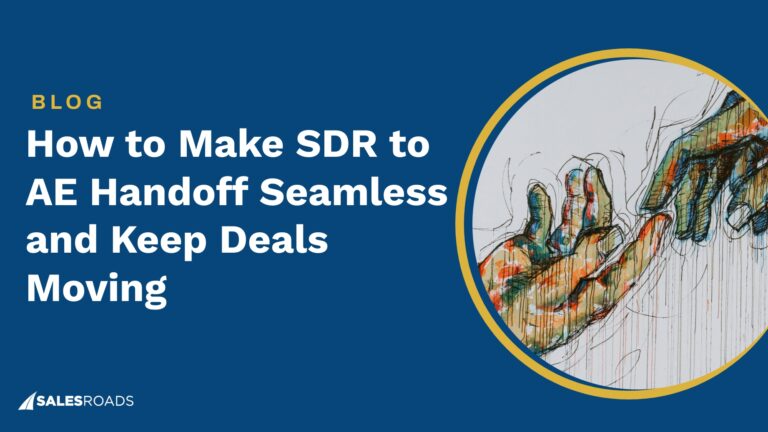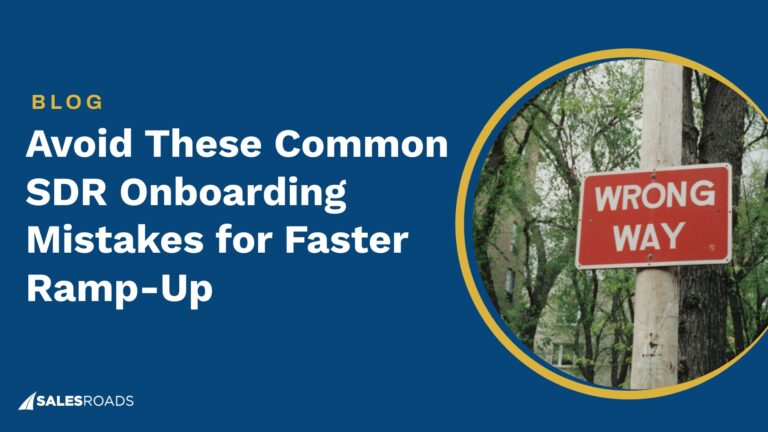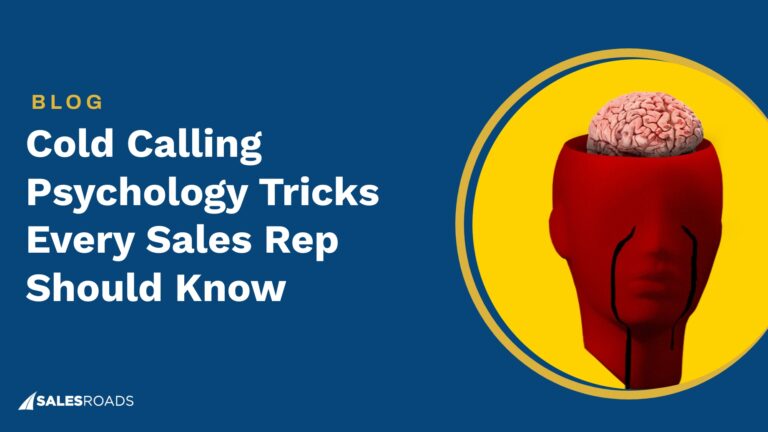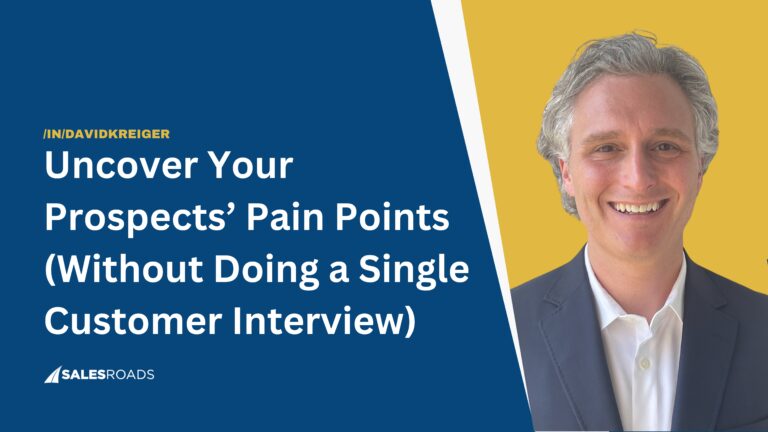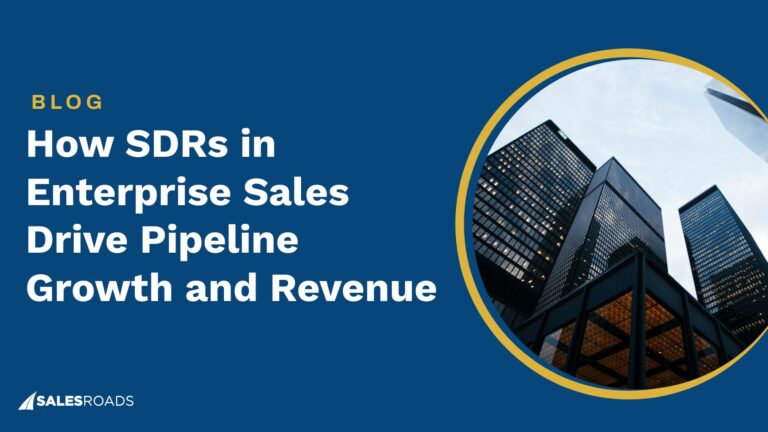If your deals are closing but revenue isn’t where it should be, the problem might not be how many deals you’re winning; it’s how big they are.
In B2B sales, increasing average deal size is one of the fastest ways to drive more revenue without overloading your pipeline. The good news is that bigger deals aren’t about luck. They come from intentional strategies.
This article lays out 7 practical, proven ways to increase your average deal size in sales and win more high-value business:
1. Start by Tracking the Right Numbers
If you want to increase your average deal size in sales, the first step is knowing exactly what you’re working with.
It’s not just about total revenue or how many deals you close; the average deal size is the key metric that shows the real value of each sale.
Tracking this number closely gives you a clear picture of your sales health. Are deals getting bigger? Are certain products or services bringing in larger contracts?
When you focus on increasing average deal size, monitoring the right data points becomes the foundation for smarter decisions and faster growth.
What the Average Deal Size in Sales Really Tells You
Average deal size is a window into your business’s performance. It measures the typical revenue you earn from each closed deal and helps you understand customer buying habits and sales effectiveness.
A growing average deal size means your team is closing bigger, more profitable deals, boosting revenue without needing to close more contracts. If it’s flat or shrinking, that could mean you’re missing upsell chances or struggling with pricing.
By tracking this metric regularly, you’ll uncover which products, services, or customer segments generate the most value.
This insight lets you tailor your sales strategy, sharpen your messaging, and ultimately boost your average deal size in sales.
Spotting Patterns That Stall Growth
To increase average deal size, you need to dig into your sales data and spot patterns that might be holding you back.
Maybe deals in certain industries or buyer types tend to be smaller. Or maybe some sales reps consistently close lower-value deals. Knowing these trends helps you find weak spots in your process.
Once you identify these roadblocks, you can fix them with targeted actions like better training, sharper lead qualification, or more flexible pricing.
Tackling these challenges head-on will help you increase average deal size and unlock your revenue potential.
2. Qualifying Better Leads to Closing Bigger Deals
Closing bigger deals doesn’t just happen at the negotiation table. It starts way before that, with qualifying the right leads.
When your sales team zeroes in on prospects with real potential, increasing average deal size becomes a natural outcome.
It’s about working smarter, not harder, by cutting out low-value leads early and spending your time where it actually moves the needle.
How Stronger Qualification Boosts Average Deal Size
Strong lead qualification means your reps focus on prospects who not only need your solution but also have the budget to go big.
Asking the right questions upfront and really sizing up fit prevents wasted effort on deals that won’t grow. This sharper focus helps your team build deeper relationships with high-value buyers and spot opportunities to upsell or cross-sell.
When your qualification game is tight, your pipeline quality improves and that translates directly into a bigger average deal size in sales.
Account-Based Marketing (ABM) for Targeted Lead Generation
Account-Based Marketing (ABM) flips traditional lead gen on its head by targeting specific high-value accounts, not just casting a wide net.
This lets your marketing and sales teams craft personalized messages and offers tailored to the unique needs of each ideal customer.
That kind of focused, 1:1 approach builds stronger connections and shows your value in a way that resonates. It also opens doors for upselling and cross-selling down the road.
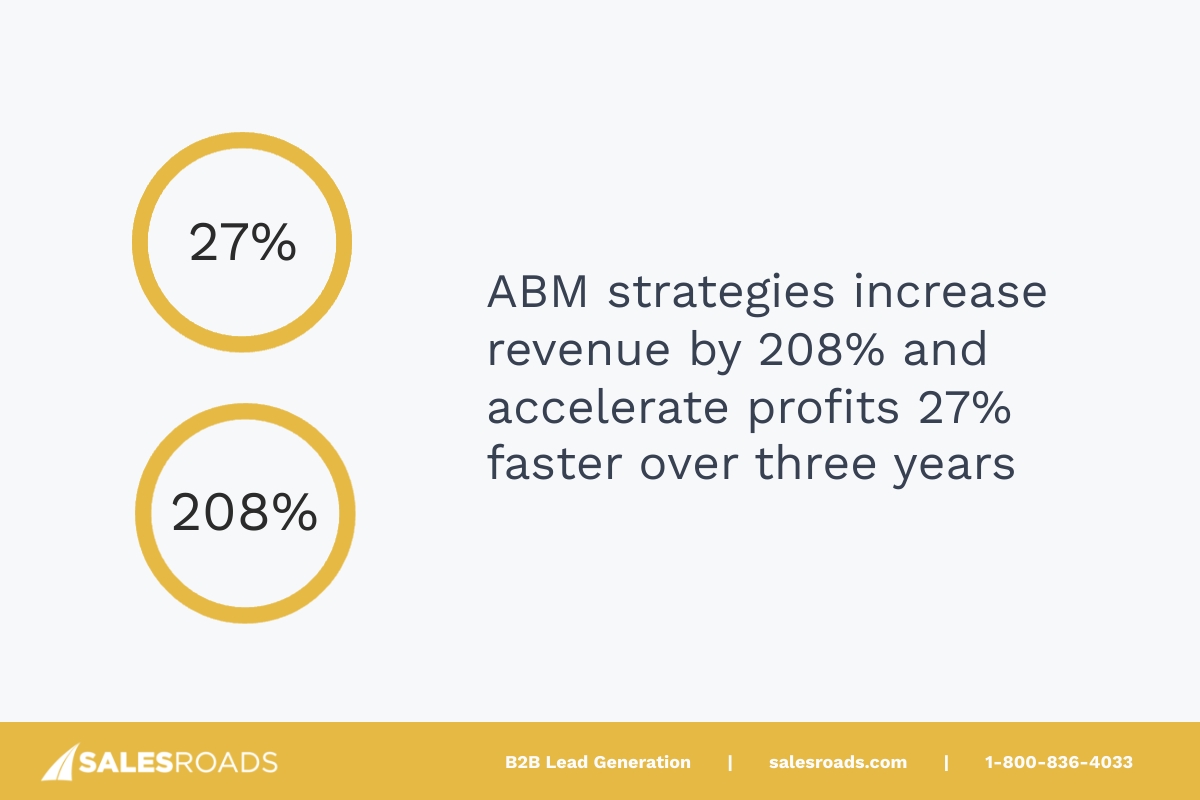
Companies with aligned ABM strategies see a 208% increase in business revenue and profits, 27% more quickly over three years.
Incorporating ABM into your sales strategy is a proven move to keep increasing average deal size by zeroing in on the right prospects and closing bigger, more profitable deals.
3. Build Offers That Justify Higher Value
If you want to increase average deal size, your offers have to show real value. Just piling on more products or services won’t cut it.
Buyers want to know why spending more makes sense for their business. When your offers clearly justify higher price points, you open the door to bigger, more profitable deals.
Don’t Just Sell More, Sell Smarter
Increasing average deal size isn’t about pushing everything you’ve got. It’s about crafting smarter offers that actually solve your buyers’ problems. When you get what really drives value for your clients, you can position your solutions as must-haves, not just nice-to-haves.
Selling smarter means focusing on results, not just features. Show how your product or service tackles a bigger issue or delivers a better ROI.
This way, your buyers see why a higher price makes sense. Align your offer with what your buyers care about, and watch your average deal size in sales grow without feeling pushy.
Tiered Solutions That Make the Case for Larger Deals
Tiered pricing is a game-changer for increasing average deal size. When you offer clear packages—basic, premium, enterprise—it gives buyers an easy way to see the value at each level.
This setup creates natural upsell paths and makes bigger deals feel like the smart choice. When prospects understand what extra perks or benefits they get by stepping up, they’re more likely to go for higher-value packages that really fit their needs.
Using tiered solutions not only boosts average deal size in sales but also keeps customers happy by giving them flexibility and clear options.
4. Upselling Strategies That Don’t Sound Pushy
Upselling is one of the smartest ways to increase average deal size in sales. But here’s the catch: it has to feel natural and helpful, not pushy or desperate.
When you do it right, upselling builds trust and adds real value, making customers comfortable with spending more because it benefits them.
In fact, 72% of salespeople saw their revenue grow because of upselling and cross-selling.
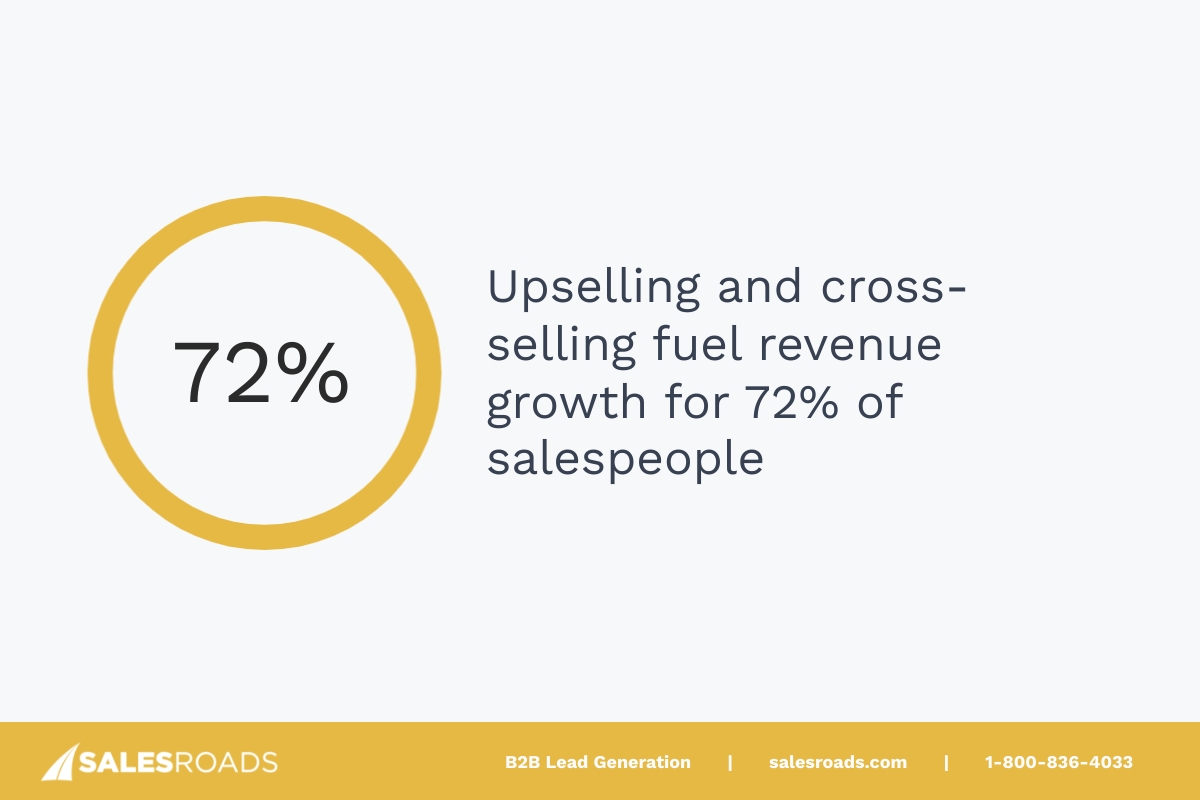
Timing and Context Are Everything
Timing is everything when it comes to upselling. Bring it up too soon, and you risk overwhelming your prospect. Wait too long, and you might miss your chance.
The sweet spot is right after your customer clearly understands the core value you bring, like right after a great demo or a conversation about their business goals.
Knowing where your customer is in their buying journey helps you suggest upgrades or add-ons that actually make sense. When upselling fits smoothly into the conversation, it shows how extra products or services solve problems better or faster, which naturally drives up your average deal size in sales.
What Successful Upsell Conversations Look Like
Good upsell conversations always start with listening. Before pitching anything extra, get clear on what your customer really needs and cares about. That way, it’s clear you’re focused on helping them, not just closing a bigger deal.
The best upsell talks don’t just throw features at your customer. Instead, they highlight how the extra product or service boosts what they’re already buying. Talk about real results — saving time, reducing risk, or increasing revenue.
Tailoring your upsell to their unique situation builds trust and makes bigger deals feel like the obvious choice.
This customer-first upselling approach is key to steadily increasing average deal size in sales, without ever sounding pushy.
5. Coach Reps to Lead with ROI, Not Discounts
If you want to increase average deal size in sales, it starts with how your reps position your offer. Instead of falling back on discounts to close deals, coach your team to lead with ROI. Buyers want to know the real business impact of their investment.
When your reps focus on value, they build stronger business cases that justify larger contracts, helping you grow your average deal size without cutting prices.
Train Reps in Business Acumen to Speak Results
To lead with ROI, your sales team needs more than product knowledge; they need business acumen.
In this episode of the Sell Like A Leader podcast, David Kreiger interviews Andy Paul, who emphasizes why reps must understand the financial outcomes that matter most to decision-makers. Andy says,
“Understand the outcomes that really matter to your decision-makers. Because no one’s buying a product, they’re buying increased cash flow.
What the company is doing when they make a decision to buy your product is, they’re making a decision about how to allocate their capital, and you need to be able to justify the allocation of that capital.”
Listen to the full episode here:
Training reps to grasp these business fundamentals equips them to articulate the value of your solution in terms that buyers care about: increased revenue, cost savings, risk reduction, or operational efficiency.
This knowledge builds confidence and credibility, enabling reps to create stronger, ROI-driven business cases that justify larger deals.
Help Reps Shift From Features to Impact
It’s common for reps to default to listing features, but buyers want to understand how your solution drives real business results. Coach your team to focus conversations on tangible impact, whether that means boosting revenue, cutting downtime, or improving efficiency.
By framing benefits in terms of measurable outcomes, reps build stronger trust and credibility with prospects.
This approach makes it easier to justify larger contracts and close bigger deals while also strengthening long-term customer relationships.
6. Shorten Sales Cycles Without Cutting Deal Size
Long sales cycles are a killer. They stall momentum, drain your team’s time, and delay revenue. But speeding things up doesn’t have to mean slashing prices.
In fact, the best sales teams find ways to close faster while increasing average deal size. The trick is to help buyers feel confident in their decision, earlier in the process.
Decision Confidence = Faster, Bigger Closes
When buyers are confident, they buy faster and they buy more.
If your sales team can deliver clear value, real-world results, and proof that your solution works, you eliminate doubt and shorten the time to “yes.” Think ROI breakdowns, sharp case studies, and tailored success stories.
Instead of waiting for buyers to figure it out, guide them. Show how your offer ties directly to their goals. The faster they see the business case, the quicker they’ll move, and the more comfortable they’ll be committing to a larger investment.
Tools and Templates That Help Build Momentum
If you want reps to close bigger deals faster, give them tools that eliminate friction. Proposal templates, ROI calculators, sales playbooks, these aren’t just nice-to-haves. They help reps stay consistent, deliver value-driven messaging, and keep buyers engaged through every step of the deal.
Smart automation helps, too. Tools that surface buying signals, send timely reminders, or track document opens give reps the insight they need to follow up at the right time, not just hope for the best.
When the process flows, deals don’t stall. And when the value stays front and center, your average deal size in sales goes up, not down.
7. Know When to Call in Backup
If you want to increase your average deal size, sometimes the smartest move is knowing when to bring in extra support.
Maybe you’re targeting a new market, trying to scale outreach, or chasing larger, more complex deals. Whatever the case, calling in backup from a solid sales outsourcing partner can give your team the extra firepower it needs.
The right external help can create leverage, cut down sales cycle time, and open the door to high-value opportunities your in-house team might not have the bandwidth to pursue.
How a Sales Outsourcing Agency Adds Leverage
Partnering with a sales outsourcing agency can give your team a serious boost, especially when you’re focused on increasing average deal size. These agencies bring in trained reps, proven processes, and battle-tested messaging that help you scale quickly and efficiently.
They usually handle the front end of the sales process — prospecting, qualifying, and warming up leads — so your internal team can focus on closing.
That’s a win-win. You keep your pipeline full and your closers focused on big opportunities.
When an External Team Helps Push High-Value Deals Over the Line
Big deals take work, more decision-makers, longer timelines, and higher stakes. And sometimes, your internal team needs backup to get those across the finish line.
That’s where an external team can come in clutch. They can help build tailored ROI models, prep sales decks for executive-level conversations, or manage key follow-ups with polish.
In high-stakes moments, that extra layer of strategy and execution can make the difference.
If you’re trying to increase average deal size in sales, knowing when to pull in reinforcements can be what turns a good opportunity into a closed-won deal.
Bottom Line
If you want to consistently increase your average deal size in sales, focus less on selling harder and more on selling smarter.
Bigger deals come from understanding buyer priorities, leading with value, and knowing when to bring in support. When you shift your strategy to serve the customer and elevate the business case, larger, high-impact deals follow.




